



Like magic, these habitats disappear and reappear each spring
Vernal pools are a hallmark of spring—and many animals, including fairy shrimp, depend on them for survival.
Ponds that vanish and reappear, animals that go dormant and return to life—vernal pools feel a bit like spring magic, but they’re 100 percent real.
These ephemeral habitats, found along the U.S. West Coast and throughout the Northeast and Midwest, form in natural depressions that have suitable soil for holding water. (See our beautiful photos of spring landscapes.)
They’re unconnected to streams or other water sources, filling up with rain or melted snow in spring and evaporating in summer, usually by July.
“The first time I saw a vernal pool, I was walking through the woods and saw the clouds reflecting from the forest floor,” Evan Grant, a research wildlife biologist with the Amphibian Research and Monitoring Initiative of the U.S. Geological Survey, says by email. “I looked closer and it was a pond in the middle of the woods.”
Vernal pools always occur in the same spot, usually on a gently sloping wetland, and can vary greatly in size, from a shallow lake to a tiny puddle. Grant has seen one the size of a coffee can.
But size doesn’t matter to the many animals that depend on them. Even in that coffee can-size pool, Grant says, there were salamander eggs.
On the vernal equinox—the first day of spring—we’re taking a closer look at the wildlife that thrives in these whimsical water bodies. (Related: "When is the Vernal Equinox? Everything About Equinoxes.”)
Fairy residents
Species that require vernal pools to complete their life cycle are called obligate or indicator species, and can include amphibians such as spotted salamanders and wood frogs. Many amphibians will return to the same pool in which they were born to breed.
Crustaceans, including the inch-long fairy shrimp, also depend on these seasonal pools, laying their eggs in the water.
Delightful Pictures Show How Animals Enjoy Sunbathing
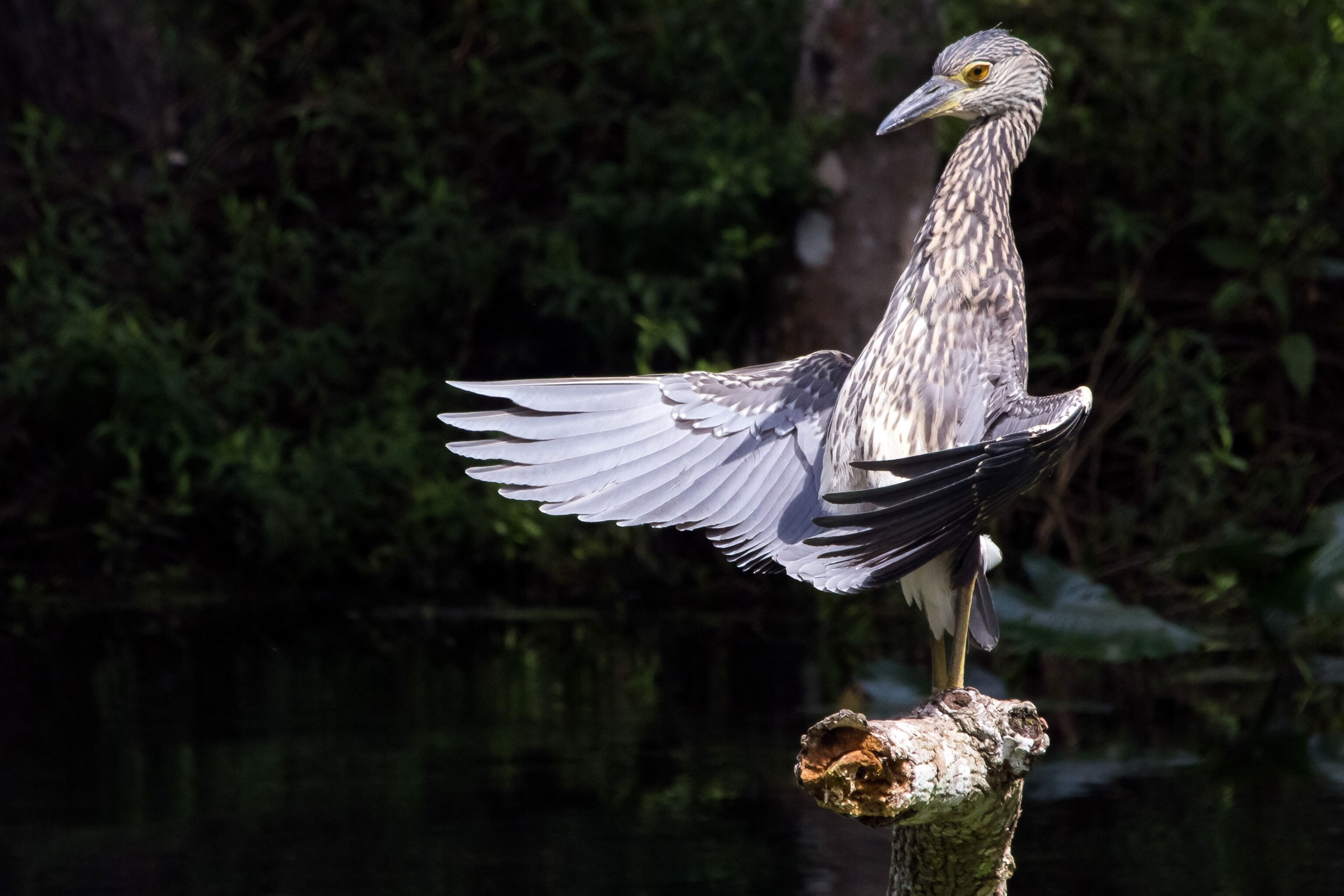
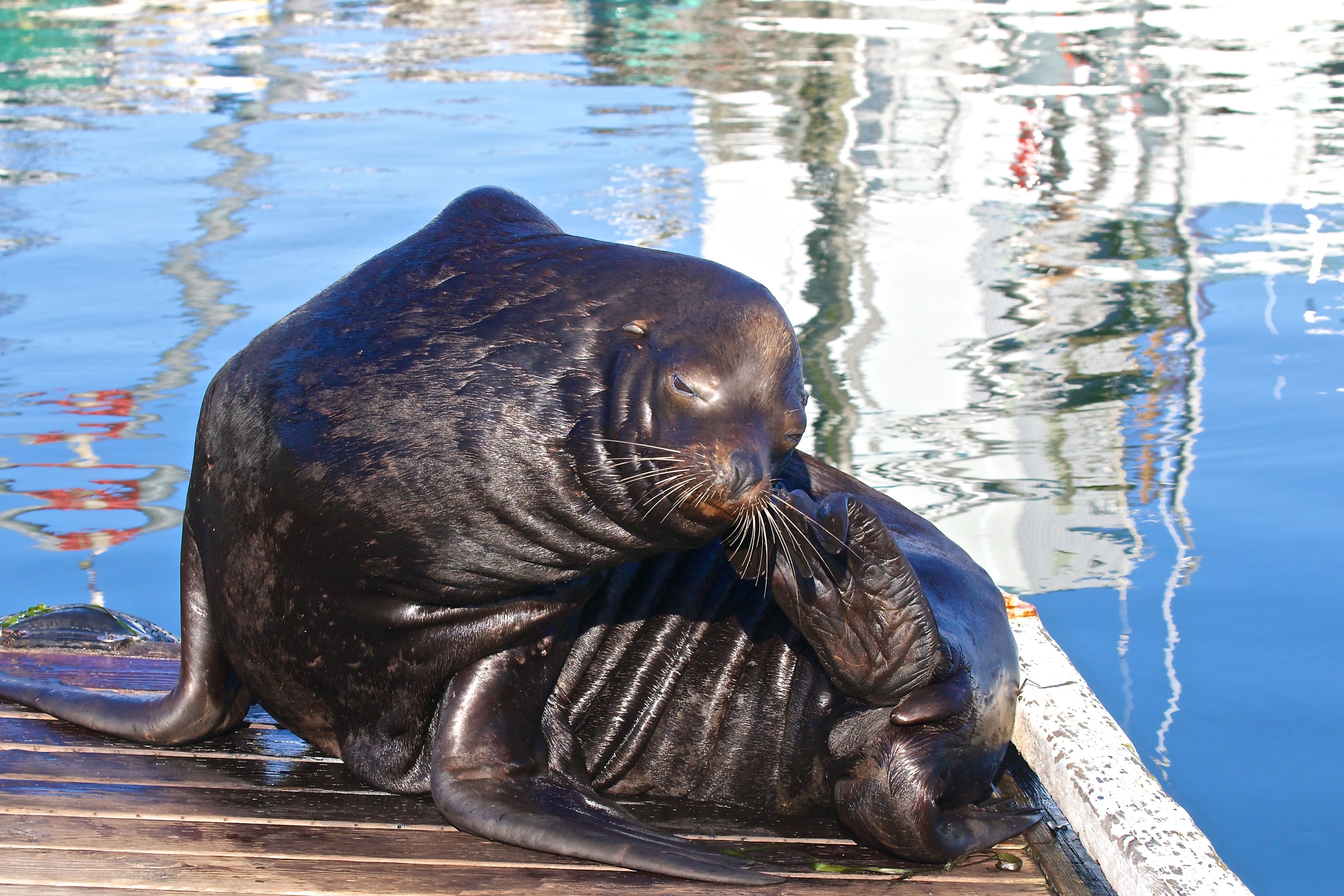


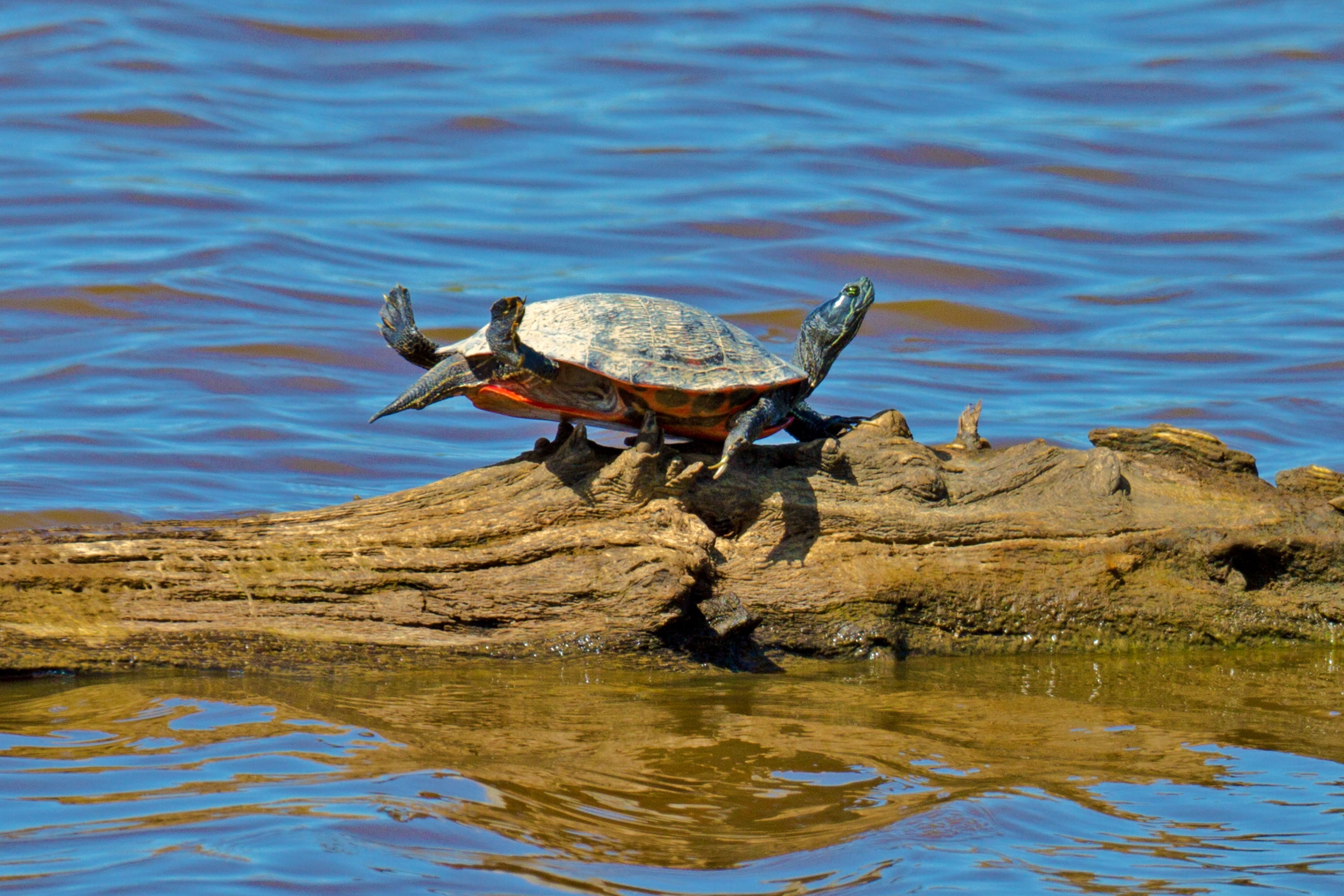

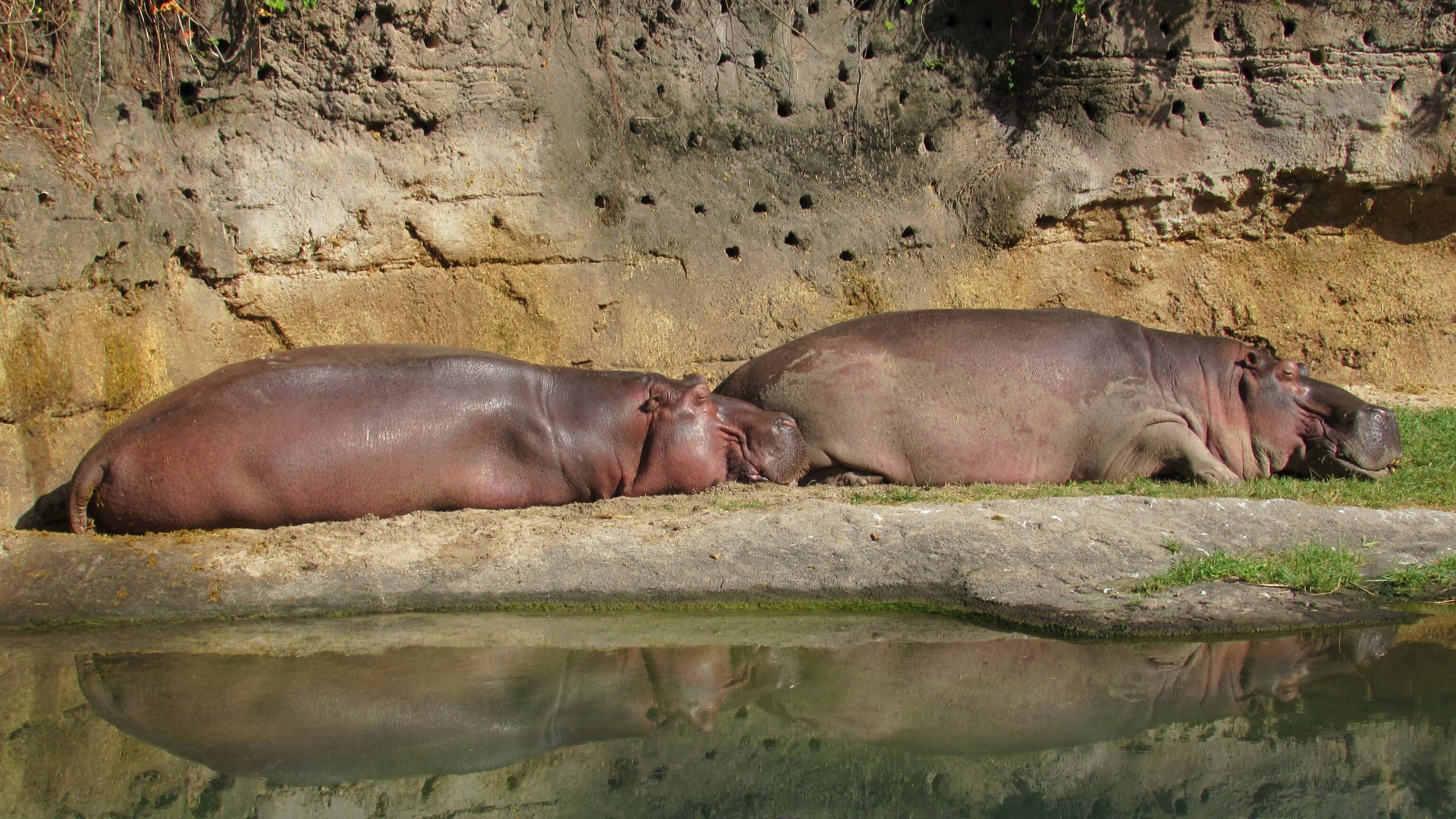

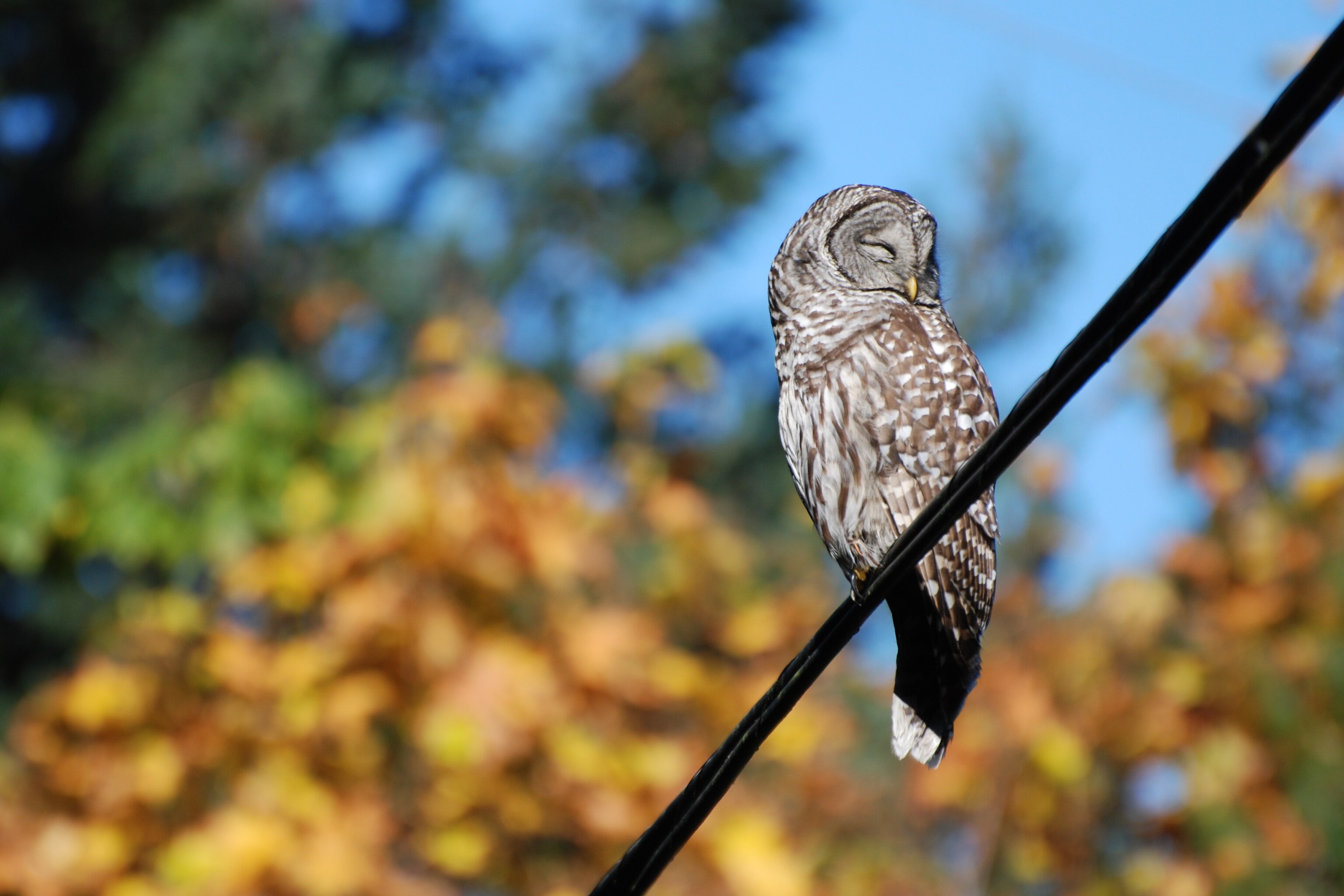



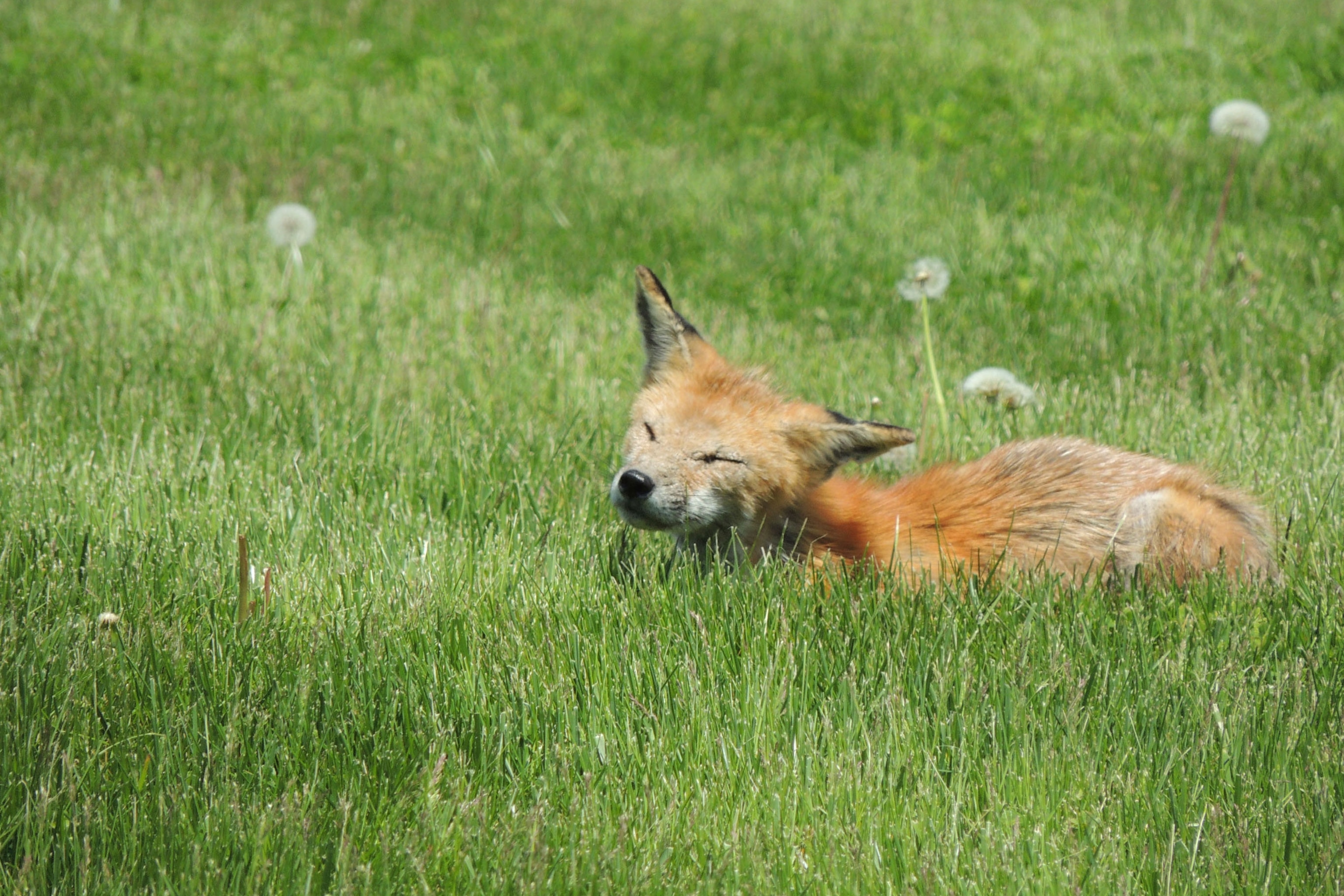


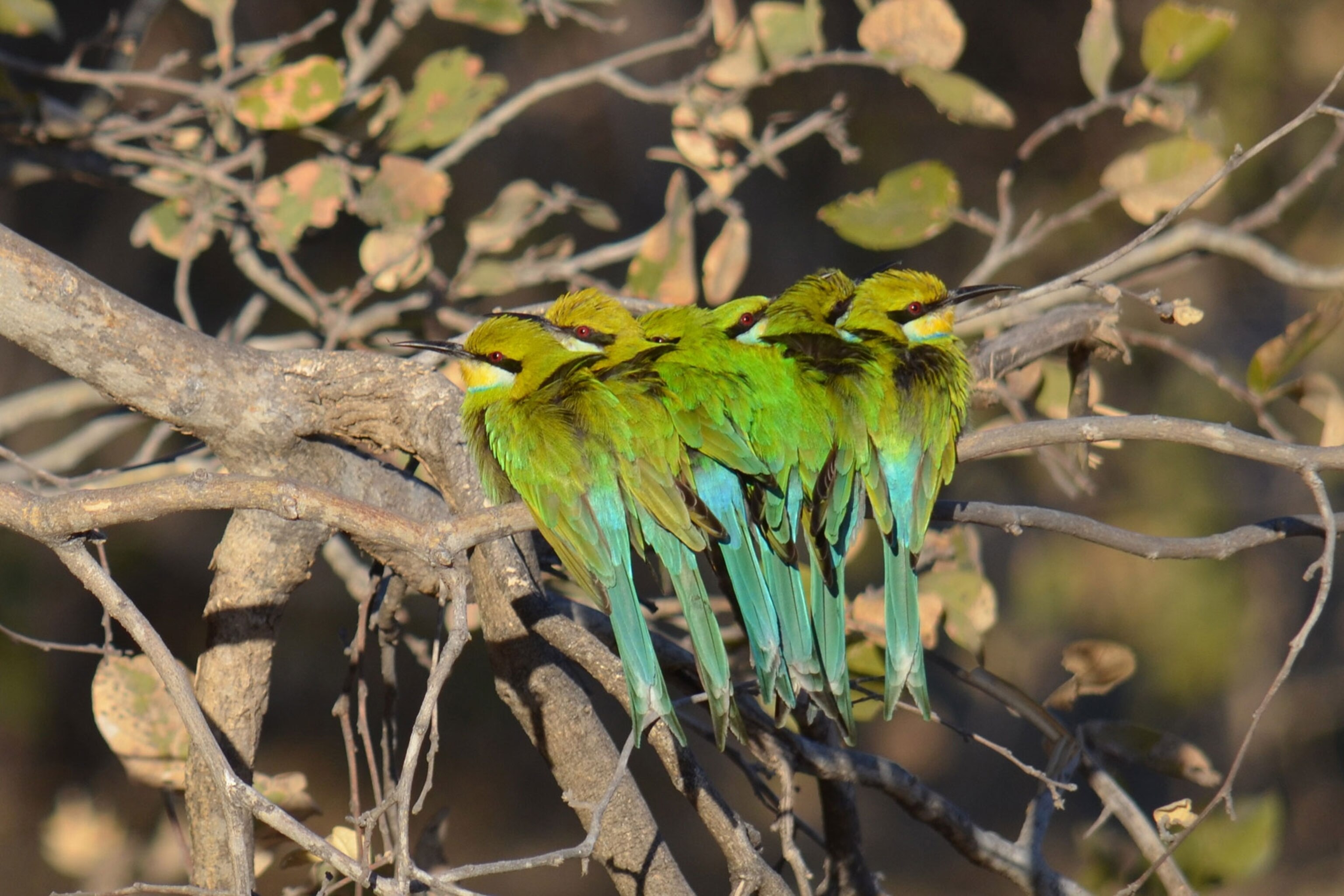

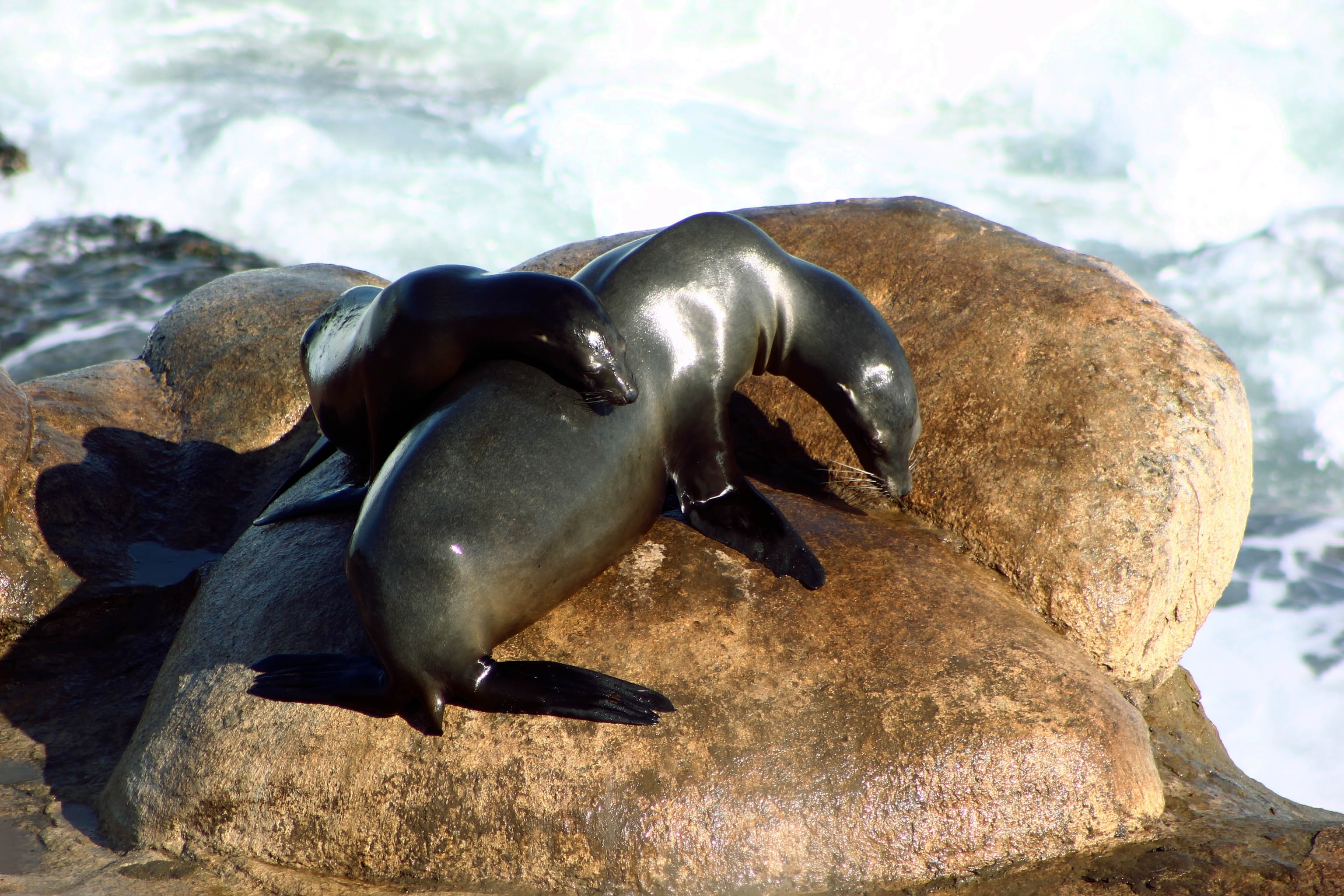








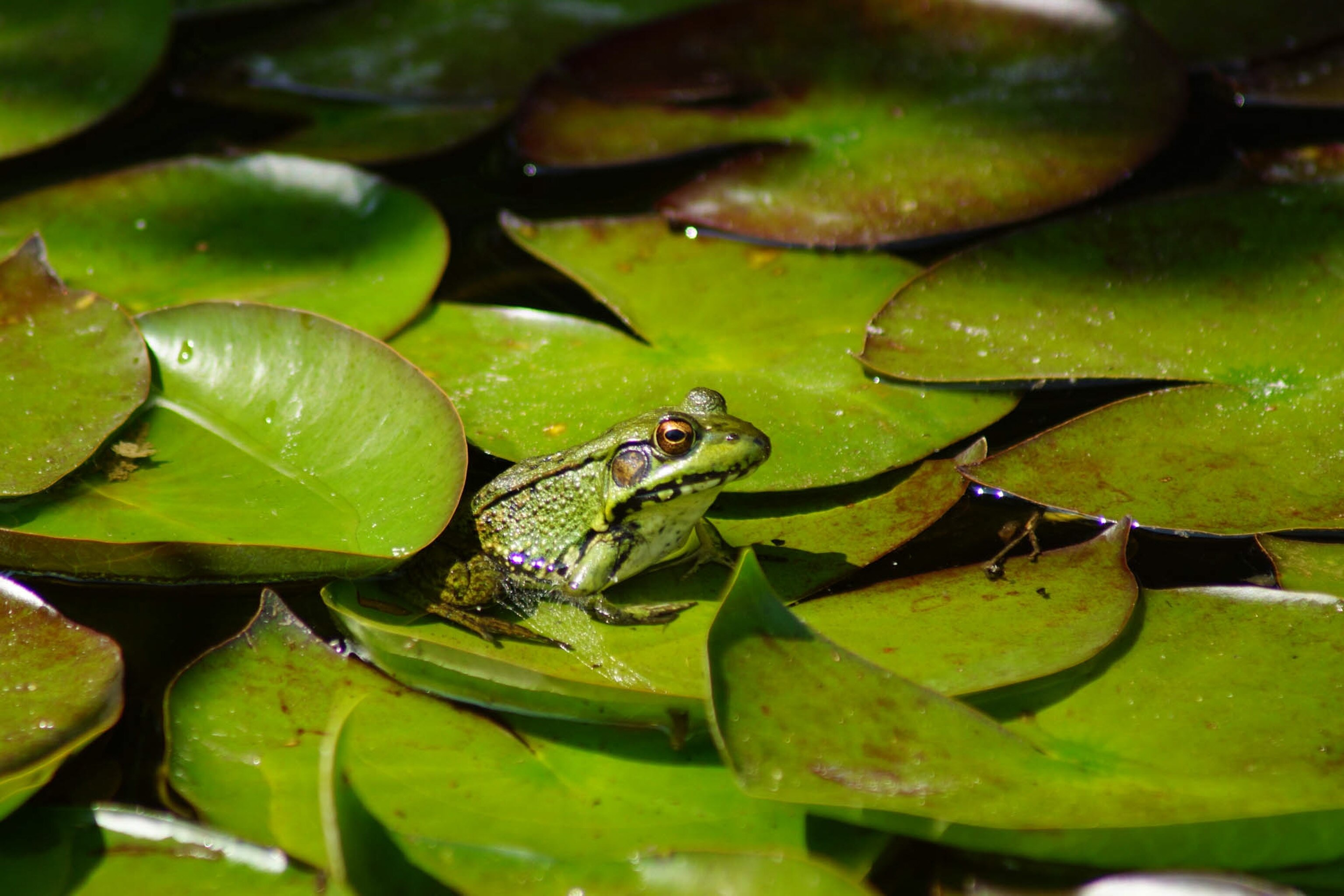


Some shrimp hatch early and sink down into the mud. As the soil dries, the animals enter a state of diapause—or dormancy—that can last for decades, Tim Maret, an ecologist at Shippensburg University in Pennsylvania, says by email.
This guarantees that “even if conditions are bad and no reproduction occurs, there should still be more fairy shrimp the next year,” he says.
Fish out of water
One animal you might expect to find in a pond isn’t present in vernal pools: Fish.
Fish can’t survive in these ecosystems because they eventually dry up, and fish always need to be in water, James P. Gibbs, a conservation biologist at the State University of New York in Syracuse, says by email.
That's a good thing for amphibians, whose eggs and tadpoles would otherwise become fish food, he notes. (Read about the bizarre newts that spend their lives as babies.)
But other predators stalk vernal pools, such as water snakes, which Grant has seen snacking on wood frog eggs.
Other so-called facultative species—ones that don’t need but make use of vernal pools—include birds and raccoons. Reptiles, such as Blanding’s turtles, bask, forage, and even breed at these sites.
Unfortunately for the host of creatures that depend on them, vernal pools are vanishing permanently in some areas due to urbanization, agriculture, and other causes. According to the U.S. Environmental Protection Agency, more than 90 percent of California's vernal pools have disappeared.
But they persist in other areas, including southern Pennsylvania, where “the frogs have started to call," Maret says. On rainy nights, the sound can be deafening.
You May Also Like
Go Further
Animals
- Octopuses have a lot of secrets. Can you guess 8 of them?
- Animals
- Feature
Octopuses have a lot of secrets. Can you guess 8 of them? - This biologist and her rescue dog help protect bears in the AndesThis biologist and her rescue dog help protect bears in the Andes
- An octopus invited this writer into her tank—and her secret worldAn octopus invited this writer into her tank—and her secret world
- Peace-loving bonobos are more aggressive than we thoughtPeace-loving bonobos are more aggressive than we thought
Environment
- Listen to 30 years of climate change transformed into haunting musicListen to 30 years of climate change transformed into haunting music
- This ancient society tried to stop El Niño—with child sacrificeThis ancient society tried to stop El Niño—with child sacrifice
- U.S. plans to clean its drinking water. What does that mean?U.S. plans to clean its drinking water. What does that mean?
- Food systems: supporting the triangle of food security, Video Story
- Paid Content
Food systems: supporting the triangle of food security - Will we ever solve the mystery of the Mima mounds?Will we ever solve the mystery of the Mima mounds?
History & Culture
- Strange clues in a Maya temple reveal a fiery political dramaStrange clues in a Maya temple reveal a fiery political drama
- How technology is revealing secrets in these ancient scrollsHow technology is revealing secrets in these ancient scrolls
- Pilgrimages aren’t just spiritual anymore. They’re a workout.Pilgrimages aren’t just spiritual anymore. They’re a workout.
- This ancient society tried to stop El Niño—with child sacrificeThis ancient society tried to stop El Niño—with child sacrifice
- This ancient cure was just revived in a lab. Does it work?This ancient cure was just revived in a lab. Does it work?
Science
- The unexpected health benefits of Ozempic and MounjaroThe unexpected health benefits of Ozempic and Mounjaro
- Do you have an inner monologue? Here’s what it reveals about you.Do you have an inner monologue? Here’s what it reveals about you.
- Jupiter’s volcanic moon Io has been erupting for billions of yearsJupiter’s volcanic moon Io has been erupting for billions of years
- This 80-foot-long sea monster was the killer whale of its timeThis 80-foot-long sea monster was the killer whale of its time
Travel
- How to plan an epic summer trip to a national parkHow to plan an epic summer trip to a national park
- This town is the Alps' first European Capital of CultureThis town is the Alps' first European Capital of Culture
- This royal city lies in the shadow of Kuala LumpurThis royal city lies in the shadow of Kuala Lumpur
- This author tells the story of crypto-trading Mongolian nomadsThis author tells the story of crypto-trading Mongolian nomads




